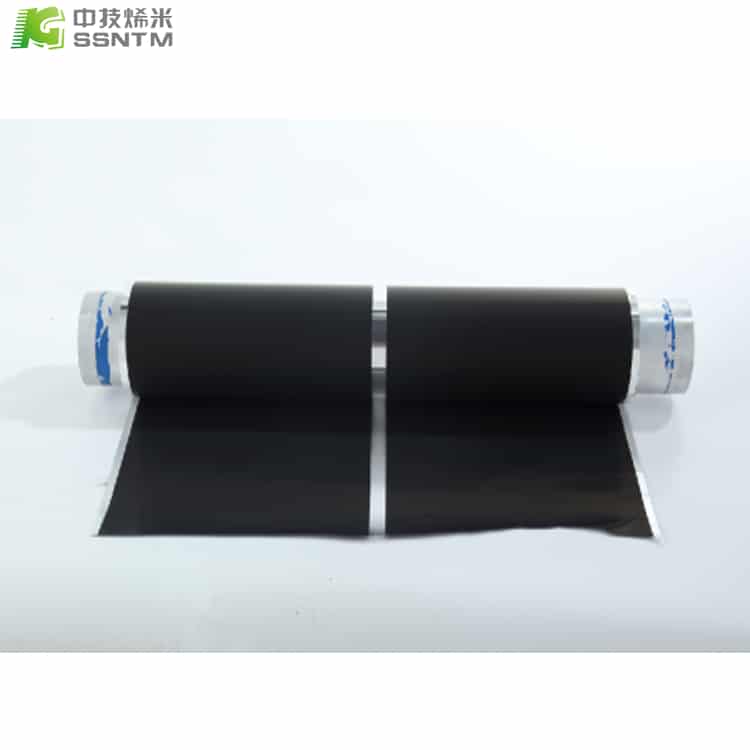Main links in the industrial chain of lithium Battery recycling
The core of cascade utilization was initially held in the hands of the vehicle factory or battery factory. The so-called cascade utilization refers to the reuse of batteries based on mild scrapping. Manufacturers need to disassemble, screen, and reassemble battery packs that have degraded performance and do not meet power battery standards, and finally integrate the system for use in areas with low energy density requirements. We can find that this process requires the ability to detect, reassemble, and integrate, which is equivalent to the entire process of battery manufacturing. Except for battery factories and vehicle factories, it is difficult for general companies to have long-term competitiveness.

Batteries that cannot even be utilized in stages can only be scrapped and dismantled in the end. This can also be divided into two processes, one is pre-treatment, which is basically a mechanical and physical process, followed by a series of chemical metallurgical processes such as crushing, dismantling, classification, and logistics.
The pre-treatment process mainly involves equipment companies, such as Zhejiang Mining Co., Ltd., while the metallurgical process involves a large number of participants and fierce competition. In addition to battery plants, such as the Bangpu Cycle affiliated to the CATL, traditional waste material recycling enterprises and non-ferrous enterprises have also invested in this promising sub industry to try to share a share. The core indicator of metallurgical processes is recovery rate.
At present, mainstream recycling companies such as nickel, cobalt, and manganese can achieve a recovery rate of 98%, while lithium can only achieve a recovery rate of 85%. There is still a lot of room for improvement in the future, but since it is smelting, it is unlikely that there will be particularly difficult to overcome technical difficulties, which are nothing more than time and efficiency issues.
There are many reports on the lithium battery industry chain that can be found online, and they are also very comprehensive. We will no longer focus on details. We focus on solving a problem, which is that from the perspective of the end game, those sub segments have real growth potential.
In the whole life cycle of lithium batteries, as vehicle manufacturers undertake most of the warranty tasks, they will naturally have the right to deal with the removed lithium batteries, which determines that the vehicle manufacturers control the leading edge of the lithium Battery recycling industry – the source of materials.
In the recycling process of lithium batteries, vehicle manufacturers will take the lead in the first step of utilization, as this process is basically equivalent to the post production process of battery manufacturing. Vehicle manufacturers familiar with the battery manufacturing process clearly have technological advantages.
When the power battery cannot be utilized in stages, it enters the scrap and recycling process. The pre-treatment process is relatively standard, and the main beneficiary is the equipment company. The latter metallurgical process involves a professional metallurgical process, so it is of little significance for vehicle manufacturers to deeply participate. Even BYD, deeply involved in all aspects of battery production, will not go off to produce Lithium carbonate and other raw materials. The vehicle factory needs to cooperate with a metallurgical company with a certain level of technology. The vehicle factory provides waste batteries and provides guidance for supporting metallurgical companies, and the metallurgical company will carry out recycling work.
To sum up, we can conclude that the long-term growth of the lithium Battery recycling industry is reflected in whether listed companies can establish long-term cooperative relationships with existing vehicle manufacturers.
The visible future of the lithium Battery recycling industry is to become a link of the automobile industry chain attached to the whole vehicle factory. In addition, the probability of long-term growth is small. No matter how high the current market share and excellent the technical level of these existing enterprises are, it is difficult for them to have long-term growth potential without a complete vehicle factory.





